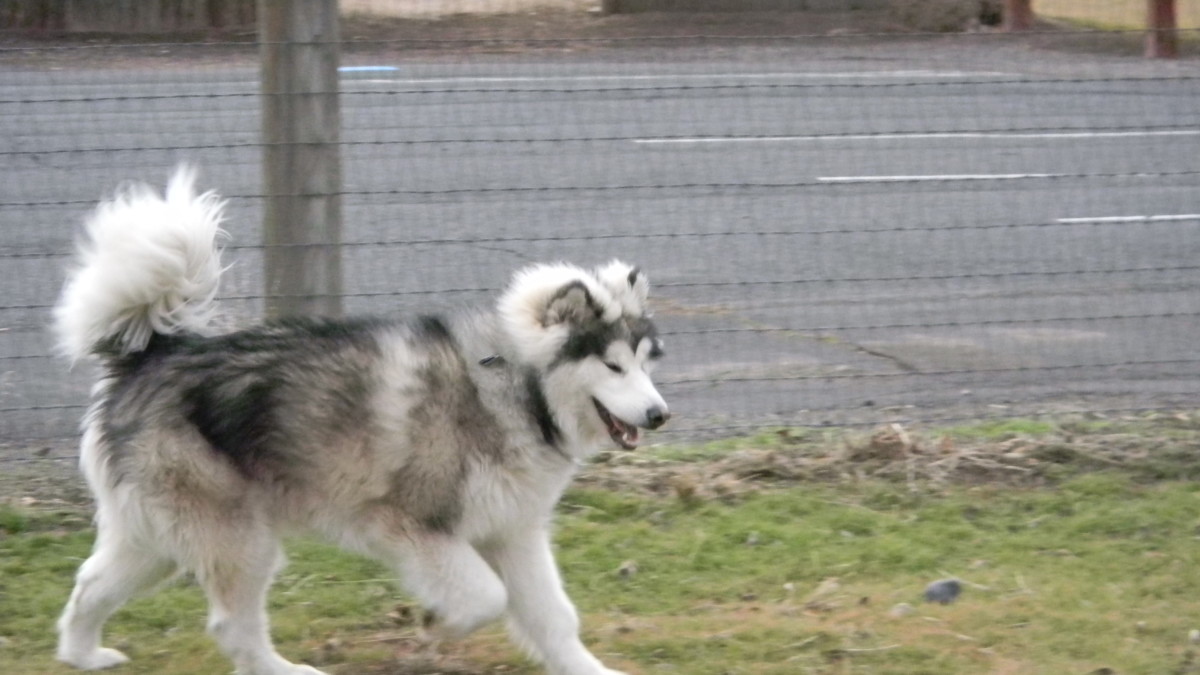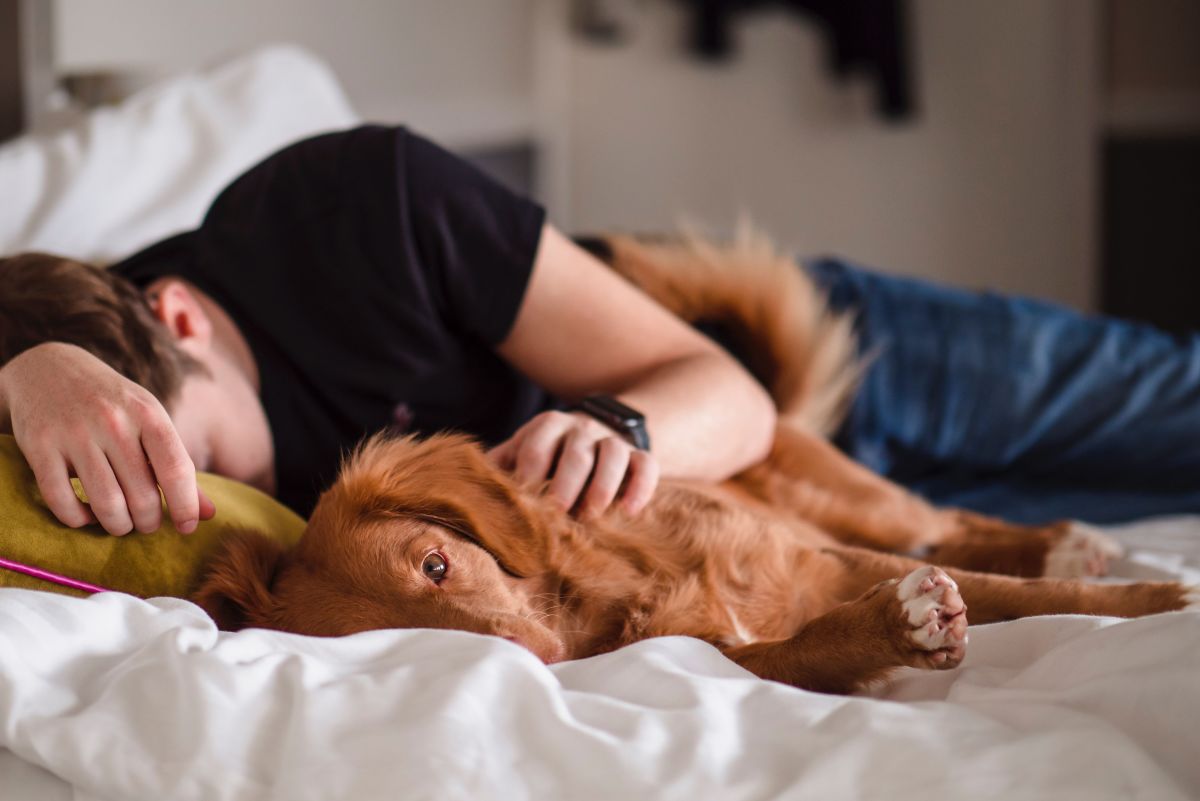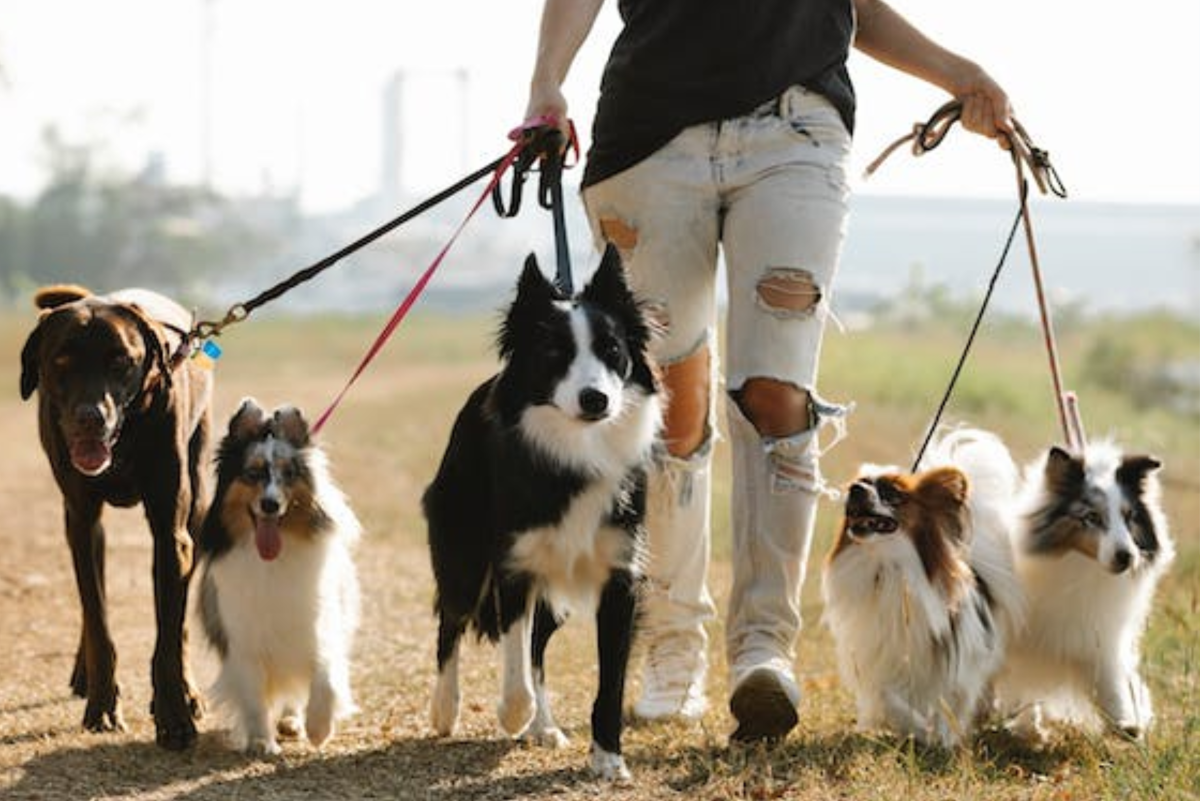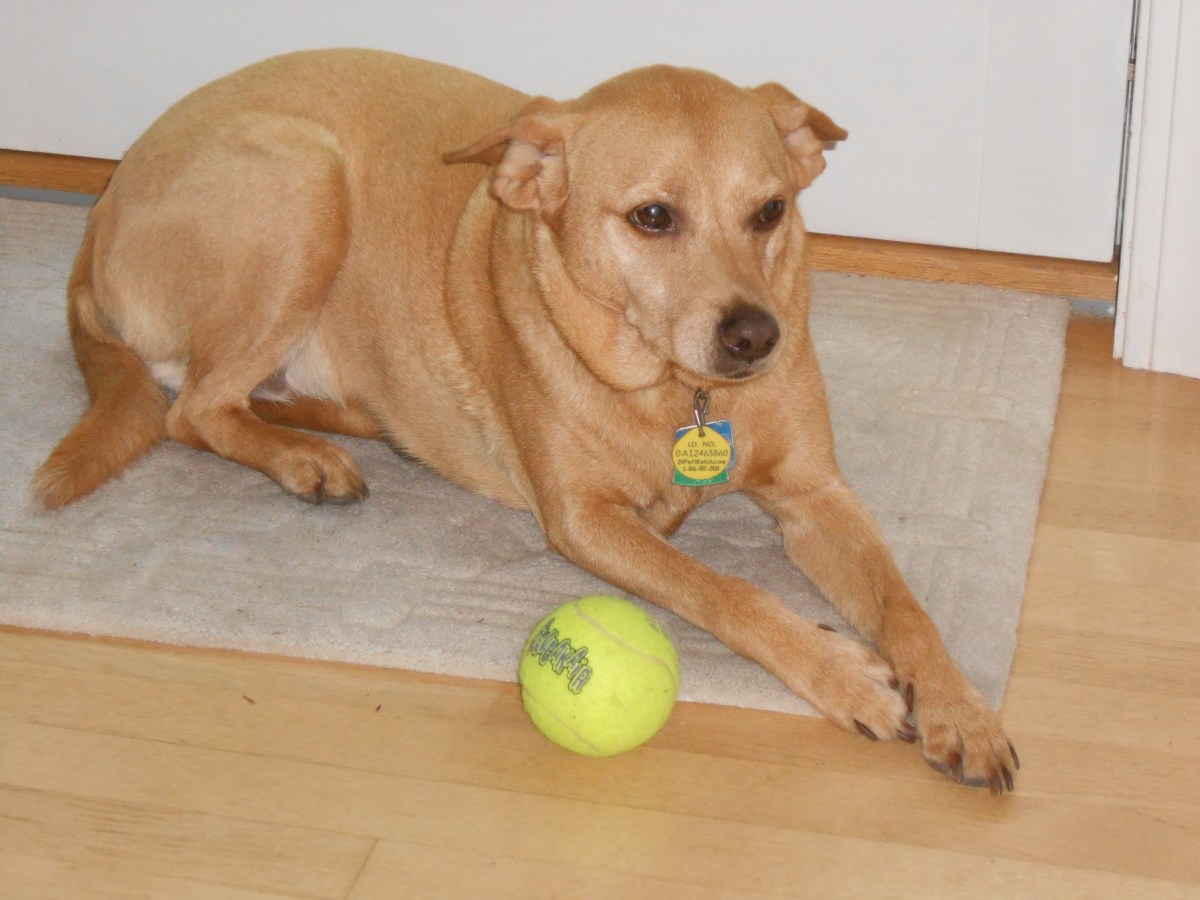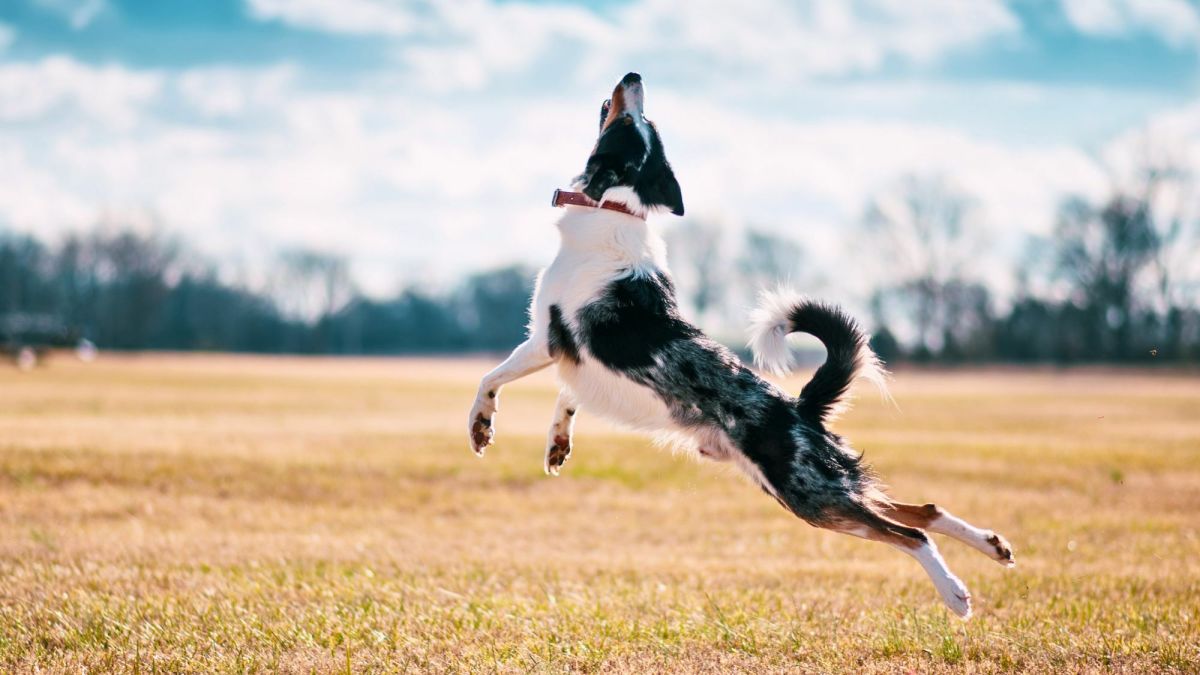Great Ways to Get Fit With Your Dog
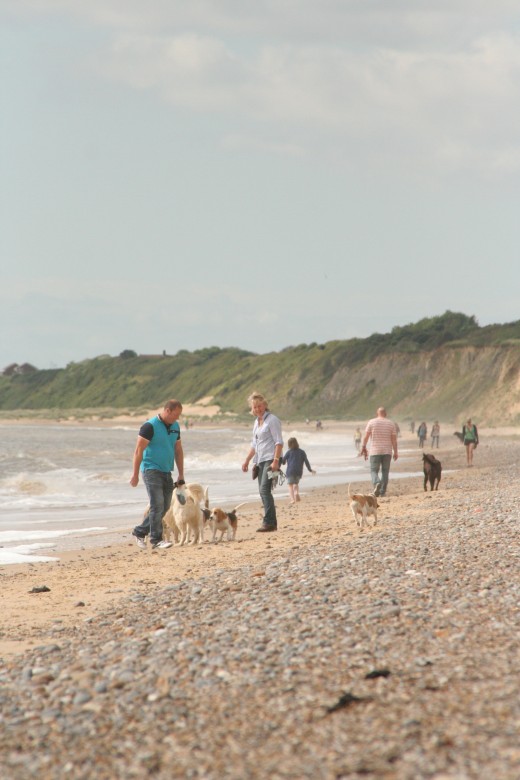
What's that Fido? Did you say 'Walkies?'
Every year millions of us long for the perfect body; to be fitter, faster, slimmer, healthier and every year many of us fail to achieve that goal. Life seems to get in the way and our great intentions soon dwindle. What all of us need is someone who is going to keep us motivated, who is going to want to go that extra mile with us. We need someone to nudge us along.
The good news is, if you are one of the many dog owners living in the UK, then your new fitness coach is likely right beside you as you read this.
Dogs make brilliant fitness buddies. They love spending time with us and enjoy the great outdoors. More importantly, a healthy dog will want to get out and exercise, and having Fido nudging your leg for his next walk is a great reminder to do something together. All dogs need daily walks, combining your daily exercise with that of your canine buddy makes sense and means you will stick to your plan. After all, you'll have your own four-pawed fitness coach keeping you on track.
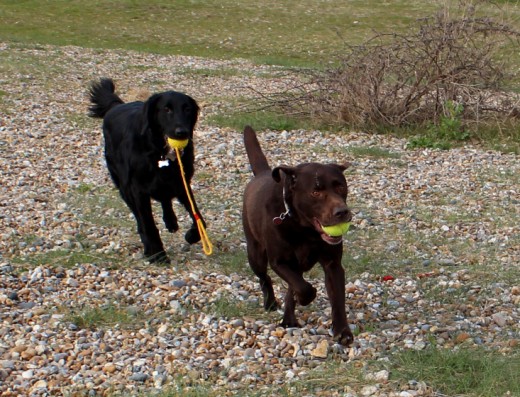
Safety First - Definitely Read This
Let's get the important stuff out of the way first. When you start a fitness regime you are putting your body under a new form of stress. The outcome is hopefully a healthier you, but in the short term you need to be careful to build up your body's endurance and strength slowly. Too often people rush at a fitness regime and end up injuring themselves. If you have any health concerns, speak to your doctor before beginning to exercise and never rush the process. Gradually increase the length and intensity of the exercise you intend to do, to get the most benefit with the least risk of injury.
The same applies to your dog. The ideal fitness buddy is a healthy adult dog. Puppies under the age of 12 months (18 months in the case of large breeds) should not participate in intensive fitness regimes as this may cause lasting damage to growing joints. Equally, if your dog is older or has any sort of joint or health concern, you need to be careful about the amount or type of exercise they do. Exercise is a great way to increase the lifespan of your pet by keeping them healthy, but not if you are causing damage to already weak joints or organs.
Once you know you and your dog are ready and able to exercise, the next step is to pick an activity to share!
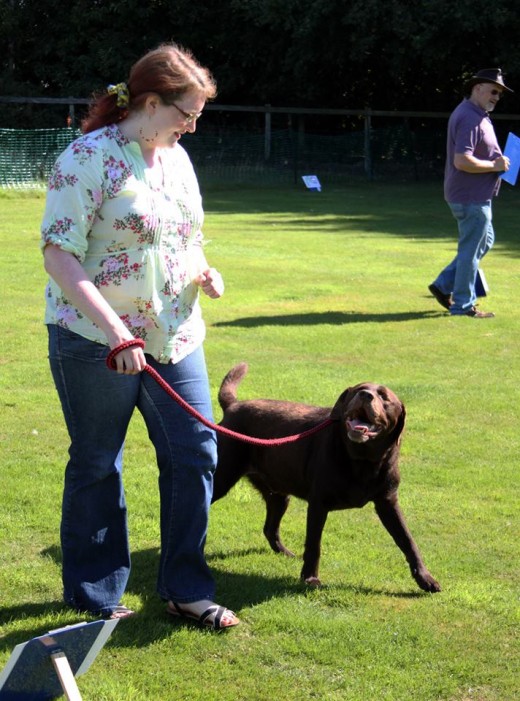
Taking that First Step - Going for a Walk
Walking is one of the easiest forms of exercise, and it is something you should already be doing every day with your dog. There are many amazing benefits to the simple activity of walking, here are just a few:
- Cambridge University discovered that walking 20 minutes a day reduces the risk of premature death by almost a third.
- Regular walks improve brain function and could reduce your chances of suffering from dementia.
- Walking exercises and improves heart health, without putting too much strain on your cardiovascular system. As a result it reduces the risk of heart attack and stroke, along with keeping high blood pressure in check.
- It is a great mood booster!
Experts agree that a 30 minute walk every day will have great benefits for your health, but why stop there? Most dogs love to go for an hour long walk, or more, and walking is a great way to boost your metabolism and burn off the calories. You burn approximately 100 calories per mile you walk, and most people can walk around 3 miles in an hour. That's a great way to kick-start the healthy new you, and all you have to do is get those walking shoes on!
What about Fido?
Dogs benefit from walks as much as people, and it helps to stimulate their brains as they see new things and smell new scents. Walking will keep their hearts healthy and if they need to burn a few pounds, increasing their daily exercise will help. Here are a few important things to remember when going for a long walk with your dog:
- Make sure your dog is wearing an identity tag in case they were to get lost, in many countries this is a legal requirement.
- Always keep them on lead near roads and any area where there may be livestock present.
- Respect leash laws and keep your dog on lead in areas where it is required.
- Take water for both of you, especially in hot weather.
- Take note of weather conditions and adjust your routine. In hot weather avoid walking in the middle of the day, for instance.
- Build up your dog's stamina for long walks gradually, don't take him so far on his first walk that the next day he is sore and stiff. A good rule of thumb is to increase his daily walks by five minutes every week.
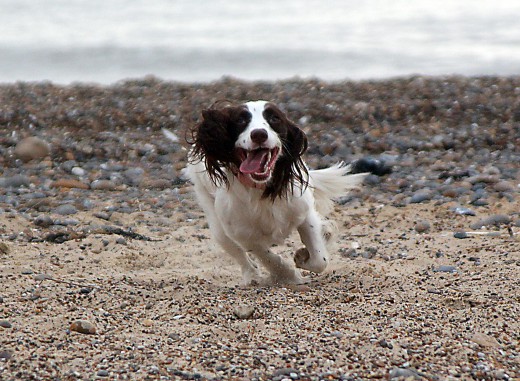
Upping the Ante - Running
If you are walking daily for an hour or more, why not progress things to running? Running has similar health benefits to walking, along with a few more:
- Improves knee and bone health, strengthening bone and reducing the risk of osteoarthritis
- Running can help you sleep better and improves concentration
- Running can help the brain cope with stress, while improving cognitive function and your mood
Running is also higher impact on the body than walking and any weakness you may already have will soon become apparent as you run. It is not surprising that new runners often sustain injuries, this is partly due to training too much and too hard in the early days and not giving the body time to adapt. It can also be due to wearing inappropriate equipment, for instance shoes that do not support the feet while running.
If you want to take up running check out online courses that help you get started, such as the Couch to 5K Challenge
What about Fido?
Most dogs are natural runners, but some breeds are more adapted to it than others. For instance, huskies can run for miles, while Basset Hounds may find long runs a struggle. If your dog does not run a lot or is overweight, increase the amount he runs with you slowly. Here are some things to bear in mind:
- If your dog has any form of heart condition speak to your vet before taking up running to ensure it is safe to do so
- Canine runners benefit from a good joint supplement (as will you), it should contain Glucosamine, Chondroitin and MSM
- If your dog goes lame after running, ease up on exercise and have him checked out. He may have an underlying problem that makes distance running bad for him
- Always run with your dog on a harness and lead. You won't be able to keep your eyes on him while you run, so the lead makes sure you don't get separated, a harness ensures he does not jerk and pull his neck while running.
- Never run with your dog on an extendable lead! It is a recipe for disaster!
If you really get into running with your dog, you might like to try the sport of Canicross, where you and your dog try to get the fastest time running cross country against other people and their pooches. Canicross is slightly more complicated than just running with your dog, so check out this beginners guide to the sport.
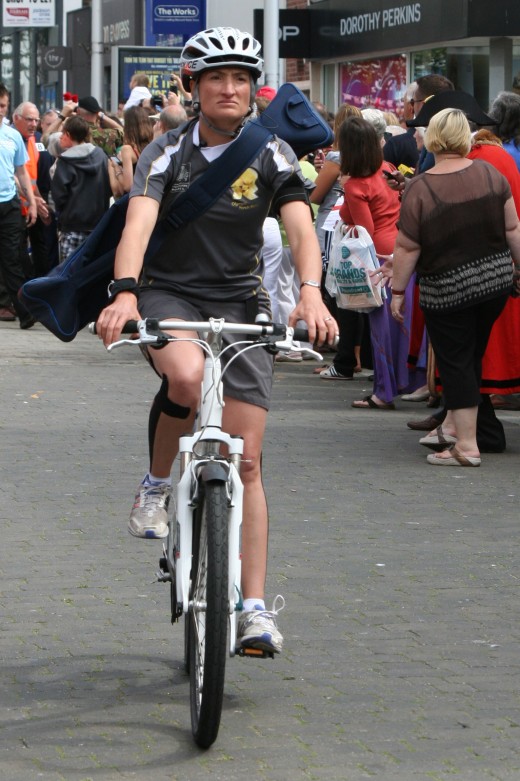
Free Wheeling Fun - Cycling
If you are looking for exercise that is lower impact on the joints, then cycling is a great alternative for you, but keep in mind it requires an extra level of fitness for your dog. Your dog should be already capable of walking for at least an hour before you begin cycling with him and, as with all the exercises mentioned here, build up the amount of time you cycle with him gradually. Your dog will have to briskly trot or run to keep up with you, so make sure he is ready for it. This is certainly an exercise that will suit some breeds more than others. If you own very small dogs, or ones with short legs and long backs, then this will probably not be ideal for them. Cycling works best with medium to large size breeds, especially those who were bred for endurance such as huskies, collies and dalmatians.
The benefits of cycling include:
- Improved heart health
- Improved posture and coordination
- Increased bone strength
- Better flexibility, muscle strength and joint mobility
- Low impact, so less likely to flare up knee or ankle problems
What about Fido?
To safely cycle with your dog, you will need to train them to correctly run alongside you. If your dog were to veer in front of the wheels, or suddenly pull to the side then an accident is likely to occur. This is not a sport for all dogs and you need to consider if your dog is well-enough behaved on a lead to be able to participate. Also, some dogs find the wheels of a bicycle either frightening or rather too tempting to bite! If this is your dog, don't attempt this exercise!
Here are some tips to help you get cycling safely:
- Invest in a cycle mount to fix your dog's lead to. These are solid arms that fit to the bike and keep your dog at a set distance. There are many versions and styles of these devices, but their main aim is to prevent your dog running too close or too far away, while keeping them safe.
- If you run with your dog on a loose lead make sure you spend time training them to run alongside you. Don't expect your dog to know how to automatically keep pace with you.
- Never use an extendable or flexi-lead when cycling, and avoid having a very long lead that can get wrapped around pedals, wheels or obstacles.
- Always have your dog on a lead when cycling, to prevent them getting lost.
- Never cycle on busy roads with your dog. A passing car may clip your dog or scare them.
- Monitor your dog to make sure they are enjoying themselves. Don't forget they can't stop for a rest while you are cycling and they will be moving pretty fast.
- Start by cycling for five minutes, and increase by five minutes each week until you are up to the amount of time you hope to continue. Keep a watch on your dog for any signs of fatigue, stiffness or lameness after exercise which will indicate you are doing too much, too soon.
If you and your dog really get into this sport you might like to try Bikejoring. Instead of running alongside the bike, your dog pulls you along. You often work two or more dogs at a time and there are cross country competitions held in many different places. You will however need to be prepared to get muddy, and to fall off your bike quite often!
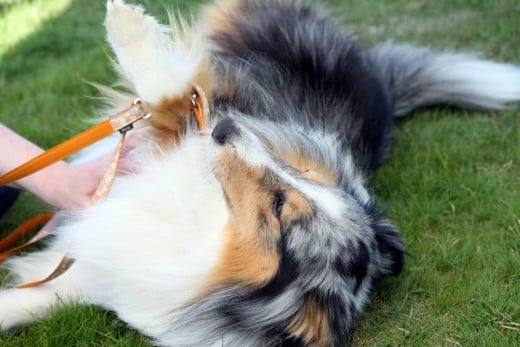
And Now Relax - Yoga with your Dog
Yoga is a great way to ease the aches and pains of a heavy exercise session, and has been used for centuries as a way of relieving stress and tension in the body and mind. Doing yoga with your dog has recently become very popular. Though it started out as a novelty, Doga (as it is called) has a number of benefits for you and your canine buddy:
- Improves your bond with your dog
- Reduces stress to aid sleep and digestion
- A fun, low-pressure way of spending time together
- Stretches the body (human)
Honestly, I was a little sceptical about this one at first, but I have done yoga for a number of years and all my dogs do get involved at some point. Usually its just giving me face licks when I am doing ground level stretches. However, looking further into Doga there do seem to be benefits for both you and your dog, even if it is just sharing calm time together.
What about Fido?
Doga is less of a workout for your dog, but it can help your canine pal to be calmer. Science has demonstrated that dogs are brilliant at picking up on our stress hormones purely by smelling the chemical aroma these give off. This is why when an owner becomes anxious over a situation, their dog will follow suit. Some dogs are more attuned to reacting to our stress than others, but all dogs will experience uncertainty and unease when their human is upset, worried or scared.
The opposite is also true. When we are giving off calm, relaxed signals our dogs feel they can relax. Its why on a lazy Sunday afternoon we can all chill out together on the sofa for hours. Working on regular calming sessions for you and your dog could have amazing health benefits for you both, especially if you have a pet who is prone to anxiety or nervous issues.
If you are going to try Doga, here are some idea:
- Check out the home of Doga dogamahny.com and learn how it all came about along with some techniques.
- Remember this is about fun, if your dog messes up your pose it is no big deal.
- Enjoy the shared experience and let your dog be themselves. If they want to stay with you, that is fine, if they want to watch at a distance, that's ok too. The option should be theirs. They may even decide to fall asleep on your yoga mat.
- Practice breathing exercises. Dogs can be very receptive to the way we breathe. Behaviour studies have shown dogs can be taught to take long, deep breaths to calm themselves like people. When we are breathing calmly, our dogs are likely to mimic us.
- Doga should help reduce you and your dog's stress levels, improving overall well-being, but this is not a training regime and you should not have any aims in mind for your dog, other than being with them.
- Remember to practice your Doga in a safe place where you won't be disturbed by other people or dogs, or for that matter the next door cat. Disturbances defeat the purpose of being calm and quiet together.
Now, Enjoy!
I hope this article has given you some ideas of how you and your dog can get fit together. Remember, exercising should be about having fun, for both of you. If either you or your dog are really struggling with a form of exercise, maybe try something different.
I would love to hear how you get on with exercising with your dog, so why not share a comment below? You may even have some great tips for other dog owners.
Lastly, as with anything you do with your dog, this needs to be about building and improving the bond between you. Find something that works for you both and enjoy the journey, your dog will love spending all that extra time with you.
This content is accurate and true to the best of the author’s knowledge and is not meant to substitute for formal and individualized advice from a qualified professional.

